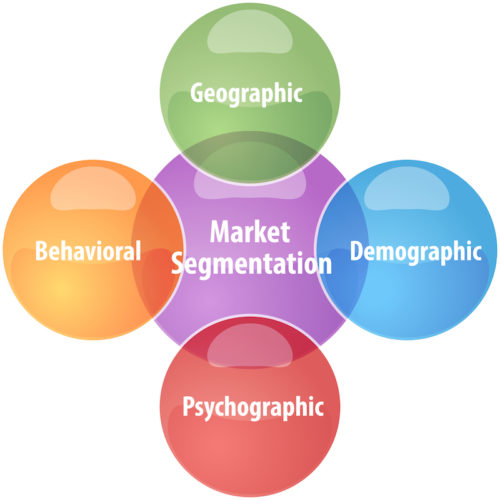Written by Fernando Maciá
Index
What is behavioral segmentation?

Behavioral segmentation refers to the practice of targeting and serving ads or displaying personalized content to groups of people who show similarities not only in their location, gender or age, but also in the way they act and react in their online environment. Controlled and segmented behaviors include the areas of the website they frequently visit, subscribe to, categories of topics, content or products for which they have registered, defined their profile or requested notification of changes or information, etc. In digital marketing, behavioral segmentation is often used to improve the user experience through personalization of the content displayed or more relevant interaction with the content.
In behavioral segmentation, we can establish certain conditions based on consumer behavior in such a way that, if they are met, they activate triggers that execute actions specifically designed to provide value to a certain user segment in that particular context. With all these concepts, we work on the definition ofworkflows in marketing automation solutions with the objective of increasing customer loyalty towards a brand, their purchase frequency or the average ticket of each sale.
Target segments
We can define user segments according to different selection criteria. For example:
- Loyal buyers (more than three purchases)
- First-time buyers
- Visitors or consumers
- E-mail subscribers
- Members of a social community
- Loyal customers
- Potential buyers
- Etc.
Condition analysis
Among the conditions that are usually checked are the following:
- Have you submitted any forms?
- Does the user belong to a certain segment?
- Have you opened the e-mail we sent you?
- Have you clicked on the push notification we are showing you?
- Have you visited a certain product?
- Have you abandoned the shopping cart…?
- Etc.
Triggers
The triggers with which we can mark that an action must be executed can be of the type:
- The user directs the pointer to the icon to close the page.
- The user abandons the shopping cart
- The user does not – or does not – complete a registration form.
- User wants to go to pay but is just short of the free shipping cost threshold
- The user returns after a previous visit in which he/she did not buy anything, in which he/she abandoned the shopping cart or in which he/she bought a product with which we could suggest a cross-buy…
- The user subscribes to the newsletter…
- Etc.
Among the actions that can be executed once a trigger is activated are the following:
- Add user data to a specific segment, e.g. “Loyal shoppers”.
- Send an e-mail.
- Display a message in a pop-up window.
- Show a push notification.
- Complete a certain area with suggested products.
- Display a customized banner.
- Obtain a list of the last products visited or purchased.
- Etc.

Workflows
With these four elements – user segments, conditions, triggers and actions – we can create automated routines (workflows) that allow us to respond more intelligently to certain user behaviors to improve website performance. For example, we can store the list of products added to the shopping cart that the user abandoned in order to send them the same list of products again by email with a more attractive offer or a discount coupon, in a similar way to how it is done with e-mail automation. We can also detect when a user has purchased a product for which we could suggest a series of related products, such as accessories or consumables.
Results
Behavioral segmentation allows websites to better target their promotional actions and also improves the user experience by taking into account the context in which certain behaviors occur. In general, the application of behavioral segmentation techniques implies a clear improvement on website conversion rates (CRO) as well as an increase on average ticket, purchase frequency and average customer lifetime. The result of all this is a higher economic performance of the website and the increase in market share achieved.